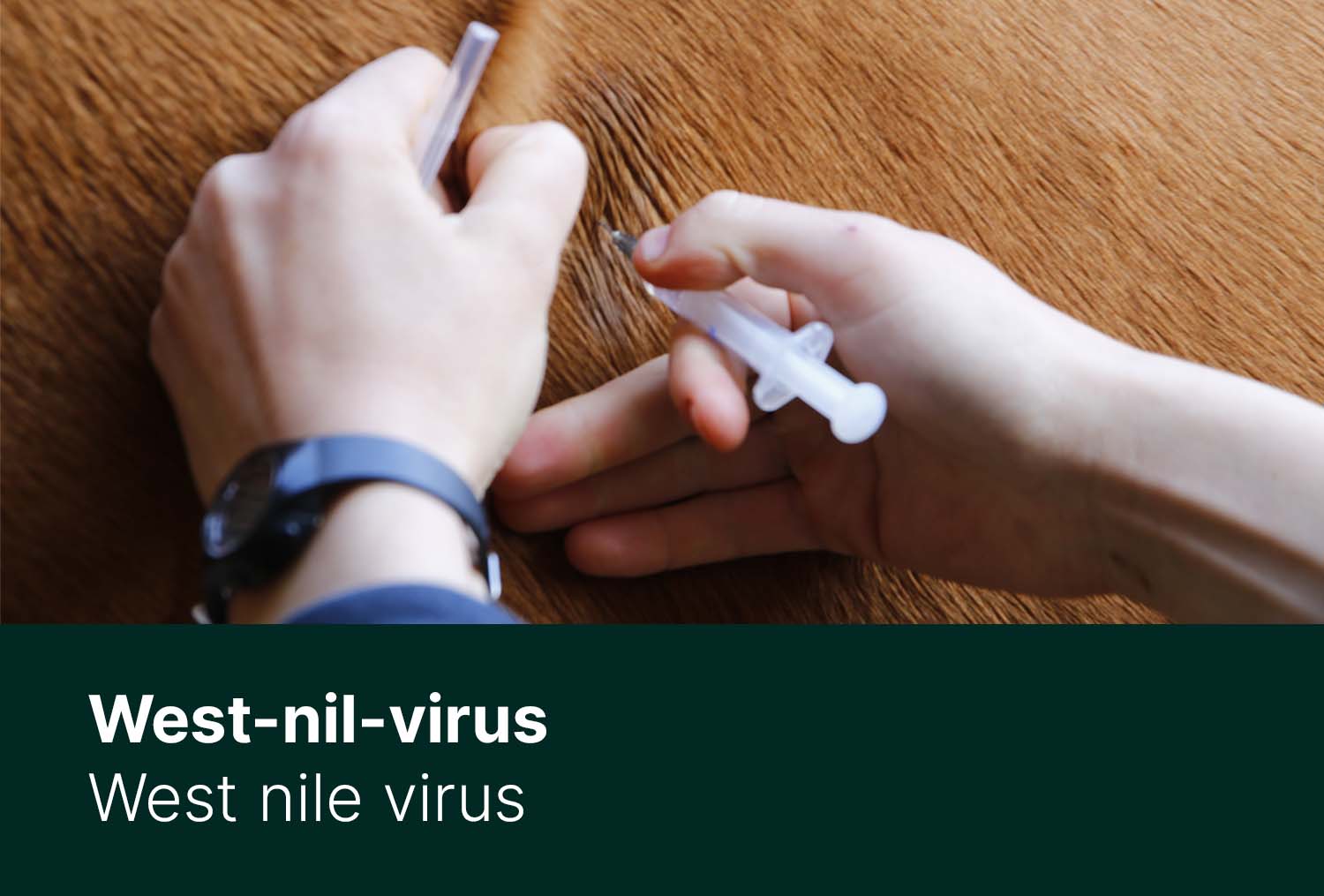Ticks have a bad reputation - although they do not sneakily fall from trees onto their hosts, the small bloodsuckers pose a danger that should not be underestimated. Not only are the milder winters causing the tick season to begin in February, new species of ticks are also spreading. While the danger of diseases that can be transmitted to humans is widely known, research for horses is still in its early stages - as is the case with Lyme disease. It is all the more important to make horse owners themselves aware of the topic and the danger.
Spread
There are over 900 species of ticks known worldwide, of which around 20 species occur in Germany, and the trend is rising. The most common species are the castor wood tick, meadow tick and hedgehog tick. These species are mainly found in deciduous and mixed forests as well as in moist areas with tall grass, fallow land and floodplains. Tick activity depends on temperature and humidity, so tick management should also be based on this.
Danger from Communicable Diseases
As a rule, ticks climb up grass, shrubs and bushes and remain there until a suitable path comes along and touches the plants. Ticks can use their Haller organ to locate potential hosts. They attach themselves to this and look for a thin-skinned area on the body. It can take up to 12 hours for the bite to occur. An anesthetic contained in tick saliva prevents the tick bite from being noticed. During the act of biting, ticks can absorb up to 10 times their own body weight in tissue and blood.
Lyme disease is a bacterial disease that is transmitted by ticks due to the pathogen Borrelia burgdorferi. The main hosts of ticks are usually mice, deer, roe deer and other wild animals. The pathogen is usually transmitted to the tick in the larval stage. Due to evolution, Borrelia are excellently adapted to survival and their reproductive cycle in the tick's midgut. A tick protein protects the Borrelia from defense reactions and digestive mechanisms. If a tick attacks a host again and ingests blood, then the bacteria multiply in the midgut. A small number of Borrelia “migrates” from the midgut to the salivary glands and can then be transmitted to the tick host.
Which Symptoms Occur?
In horses, the symptoms are much less differentiated and have not been scientifically proven. Symptoms such as mildly elevated body temperature, muscle pain, lameness, hypersensitivity, fatigue, ataxia and behavioral changes are associated with Lyme disease infection. Symptoms such as high fever after a tick bite, on the other hand, are more likely to indicate anaplasmosis, which can also be transmitted by ticks and usually runs without complications. Many horses are infested with ticks without being noticed and develop antibodies against Borrelia. Despite infestation and transmission, however, only very few animals become ill with Lyme disease and show symptoms - although the reason for this is unknown. To prove whether a horse has had contact with Borrelia, the blood can be tested for antibodies.
Treatment Options and Disease Progression
Lyme disease is usually treated with antibiotics. If treatment is started shortly after infection, the chances of a complete recovery are good. However, because of its difficulty to detect and its undifferentiated symptoms, the disease is usually only recognized late. The course of an infection can range from asymptomatic and acute to chronic. There is no uniform therapy for horses; the standards are taken from human medicine.
Prevention of Tick Bites
The only way to really prevent a Lyme infection is to avoid a tick bite:
-
Scan and Remove
The most important measure in the fight against a Lyme disease infection is checking the horse daily for ticks. Ticks spend a long time looking for a suitable place. They usually settle in the skin folds of the elbow, in the ear area, under the head, on the mane and on the tail. If the horse is checked regularly, most ticks can be collected even before they bite. But even after a sting, the risk can still be minimized.
Appropriate tick tweezers or tick cards should be used to remove them. Under no circumstances should ticks be removed with bare fingers. By squeezing the tick, the dangerous Borrelia in the tick's saliva can be transmitted to the horse even more severely. The tick should be “grabbed” as close as possible to the puncture site with tick tweezers and pulled out with a slight twisting movement. Disposing of and killing the tick should be done using alcohol, disinfectant or fire.
-
Pasture Management
In general, it is important to avoid damp pastures and meadows close to forests, to mow the pastures regularly and to ensure that the pasture seeds are appropriate.
-
Repellents
Horses can be protected from ticks by applying special repellents. The products should be applied to the entire area; in many cases, treating the legs is enough to prevent the tick from attaching to the horse in the first place.
-
Vaccination
Since 2015, a Lyme disease vaccination has also been available for horses and forms another component in Lyme disease prophylaxis. According to the recommendations of StiKo Vet, three vaccinations should be administered for basic immunization (two vaccinations two to three weeks apart, a third vaccination after six months and another vaccination one year after the first vaccination). Protection is maintained through an annual revaccination.








The purpose of Task Riding
West Nile Virus – An Overview